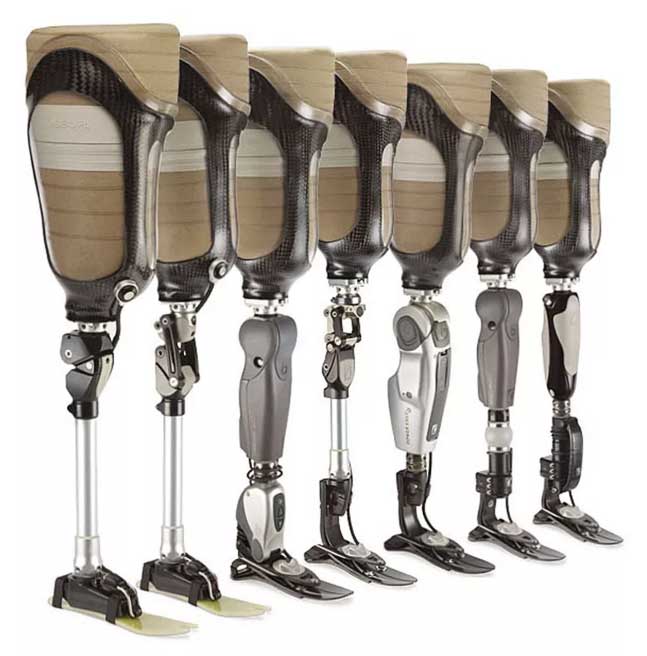Get a new leg!! Yes, it is possible for you to walk now with the prosthetic implants which have been approved now by the FDA. Revolutionary technology by FDA has transformed the life of amputees taking part in the trail allowing artificial limbs to be attached directly to their skeleton giving them a feeling of mobility far beyond the experience by people with traditional policies.
Unlike the traditional ball and socket joints where the socket is placed over the soft tissue of the amputation prosthesis. ITAP (Intraosseous Transcutaneous Amputation ProsthesisO involves insertion of the metal implant that forms a direct interface with the bone and helps the prosthetic to be attached to the bone.
The importance of prosthesis
While walking, people with intact legs get a feeling when they move their knees or when they touch their feet on the ground. The nervous system constantly draws on sensory feedback which helps in controlling muscle movement. People using a leg prosthesis however don't know precisely where the prosthesis is located, how it is moving or what type of support is given.
They often cannot trust their prosthesis completely while walking, leading them to rely on the actual leg which is intact which in turn reduces mobility. A simple walk on the pebbles or sand, for example, can prove very exhausting for the people using prostheses.
Phantom limb pain
Phantom pain is the feeling of pain that affects the part of the body which is no longer present. Phantom pain is commonly experienced after amputation of the limb. Physiotherapy is a useful method that helps to tackle problems associated with phantom limb pain. Phantom pain is the apparent nerve pain that comes from the area of the body that is no longer there due to trauma or surgical amputation. It is mostly experienced after amputation of the part of the limb such as arm or the leg but can be also experienced in the other part of the body which has been removed.
The FDA is approved OPRA (Osseo Anchored Prosthesis for the Rehabilitation of Amputees )
The FDA is approved OPRA (Osseo Anchored Prosthesis for the Rehabilitation of Amputees ) Implant which is installed with two surgical procedures. In the first procedure, a cylindrical shaped texture is implanted into the central canal of the thigh bone. Approximately six months later, after the tissue is grown to anchor the fixature and the skin tissue is healed, a second surgery is performed to attach the additional device components of the OPRA implant. The OPRA implant system extends through the skin at the bottom of the patient's residual limb and connects with the prosthesis.
Efficacy of the OPRA
The FDA evaluated the safety and effectiveness in the clinical study of 65 participants who received the OPRA Implant system. The outcome was reported which was evidence based showing the frequency of use, patient’s mobility and patient’s overall health. This device is especially a blessing to the amputees who can take benefits from this OPRA implant

 The OPRA, (Osseo Anchored Prosthesis for the Rehabilitation of Amputees ) is definitely a blessing to amputees. The OPRA (Osseo Anchored Prosthesis for the Rehabilitation of Amputees ) is manufactured by the Integrum AB in Sweden and is reviewed by the FDA for its use and efficacy.
The OPRA, (Osseo Anchored Prosthesis for the Rehabilitation of Amputees ) is definitely a blessing to amputees. The OPRA (Osseo Anchored Prosthesis for the Rehabilitation of Amputees ) is manufactured by the Integrum AB in Sweden and is reviewed by the FDA for its use and efficacy.










.jpeg)

.jpeg)










.jpg)




.jpg)

